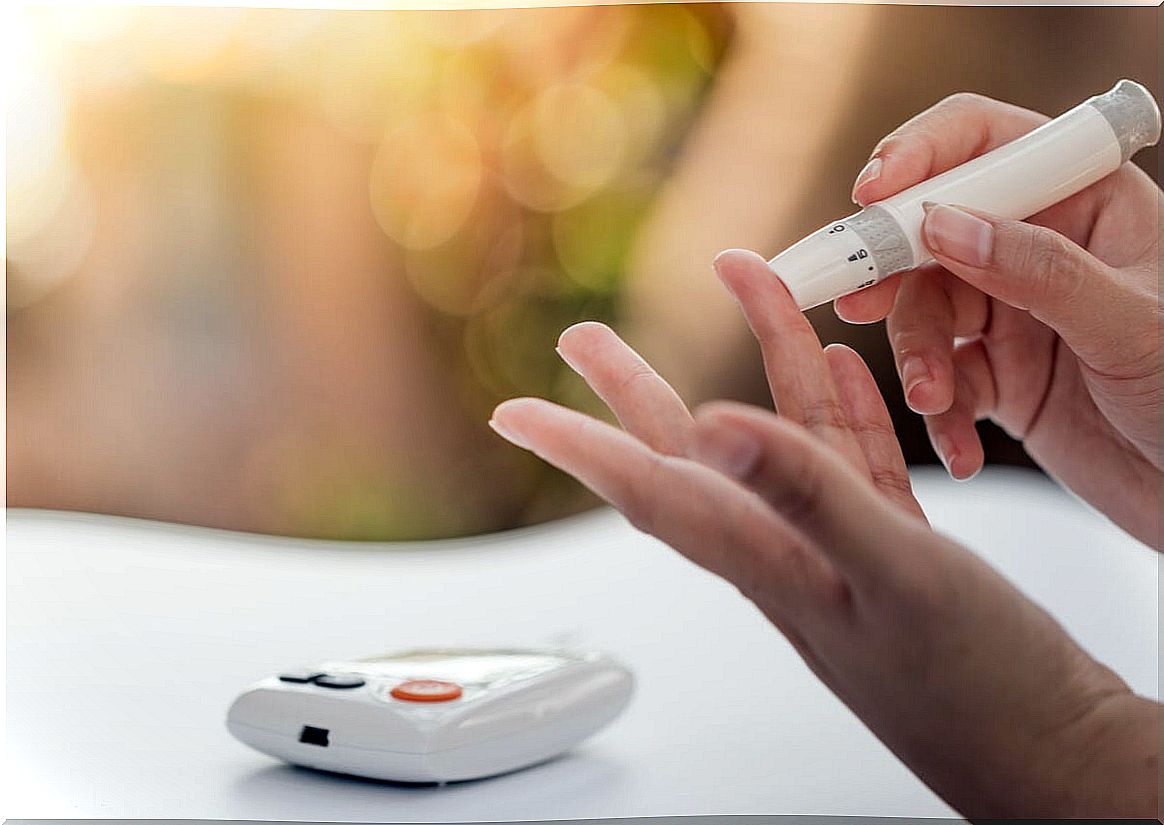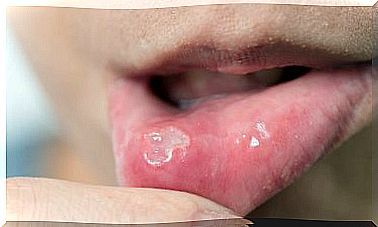Learn To Recognize Alcohol Poisoning
Alcohol (ethanol), although popular and normalized in our society, is a drug like any other. As such, its consumption causes various consequences, in addition to alcohol intoxication, which in popular slang comes to be called “drunkenness”. And while this seems to be the only notable effect, in reality, it is far from it.
As the World Health Organization (WHO) indicates, alcohol consumption, although normalized and common, is harmful and can lead to the development of multiple pathologies in all organs and systems of the body, and not only the liver. as is generally thought. Among other issues, it produces deterioration of intellectual capacity, behavioral disorders and a decrease in the level of functioning.
Are you interested in knowing more about it? In that case, do not stop reading everything that we are going to tell you below.
Alcohol metabolism
Being very water soluble (soluble in water), ethanol passes into the blood very quickly. From ingestion, the maximum concentrations in the blood are found at 30-90 minutes. This process is sped up or slowed down depending on whether the stomach was previously empty or full, respectively.
The speed and intensity with which alcohol poisoning occurs depends on several factors. These include the amount of alcohol ingested and the speed at which it is ingested.
A separate aspect is the tolerance of the person. Alcohol is predominantly metabolized in the liver, and alcohol-dependent people have an overdeveloped metabolizing system. This is why they tolerate higher amounts, because it is disposed of more quickly.
However, in more advanced stages of alcoholism, due to liver damage, this metabolizing capacity is reduced. This is why these people tolerate lower amounts of alcohol.
Alcohol consumption

There are certain values that measure the level of alcohol consumption of a person. Men and women metabolize alcohol in different ways; this is why their values are different.
In men, consumption is considered high when more than 70 milliliters of pure ethanol are ingested per day. In women, 50 milliliters are taken as the reference value for this same parameter. That someone consumes more than 70 or 50 milliliters (depending on whether they are male or female) of pure ethanol per day is an indicator of alcoholism.
70 milliliters of pure ethanol are contained approximately in 1.5 liters of beer, 600 milliliters of wine or 200 milliliters of high-alcohol spirits.
On the other hand, 50 milliliters of pure ethanol correspond to 1 liter of beer, 400 milliliters of wine, or 125 milliliters of high-alcohol spirits.
Early symptoms of alcohol poisoning
Different symptoms appear depending on the amount of alcohol in the blood (breathalyzer). We will take as a reference that it is allowed to drive with up to 0.5 grams of alcohol per liter of blood. This corresponds to 0.25 milligrams of alcohol per liter of exhaled air.
- People who do not drink regularly have mild symptoms of alcohol intoxication of 0.3-0.5 grams of ethanol per liter of blood (g / L).
- With 0.3-0.5 g / L, euphoria, disinhibition, emotional lability and decreased judgment are manifested. Therefore, there is a feeling of relaxation and well-being.
- With alcohol concentrations of 0.5 to 0.8 g / L, disinhibition, euphoria and emotional lability increase. The person becomes impulsive. Psychomotor functioning slows down and reflexes decrease, this implies a greater risk of accidents of various kinds.
Advanced symptoms of alcohol poisoning

With alcoholic beverages of 0.8 to 1.5 g / L , slowing, loss of reflexes and loss of judgment increase. The person is uninhibited, impulsive, also irritable and even aggressive. He behaves indiscreetly and inappropriately, and can also become sexually uninhibited.
It is at this time that a lack of psychomotor coordination is experienced (it is prone to falls and accidents). It already smells of alcohol (ethanol is also eliminated through the lungs). His cheeks become red and his pupils dilate.
- With alcoholic beverages between 1.5 and 2.5 g / L, the previous symptoms worsen. Also presents diplopia (double vision) and confusion. The person is lethargic or agitated.
- From alcohol levels of 3 g / L the person remains in a stupor state (partially unconscious). Later, he loses consciousness and falls into a coma.
- With alcoholemias of 4 and 5 g / L, death occurs due to the stoppage of the respiratory centers.
Complications
During alcohol poisoning, other medical and psychiatric processes can develop.
Psychiatric complications
The frequent ones are amnesia and delirium . Amnesia refers to the inability to remember what happened over a period of time. The Delirium , on the other hand, is manifested by collapse of consciousness, orientation and attention. This triggers a serious cognitive-behavioral disorganization.
Medical complications

Below we will explain some of the most frequent.
- Hypoglycemia: The level of glucose in the blood falls below approximately 70 milligrams of glucose per deciliter of blood.
- Hypothermia: body temperature below 35 ºC. The sensation of heat that is experienced during alcohol poisoning helps the development of hypothermia.
- Aspiration pneumonia. Pneumonia is an infection of the lungs that can occur from various causes. In this case, it is relatively common for some vomit to be inhaled along with a puff of air. This vomit infects the lungs.
- Falls and trauma.
Taking into account the health problem posed by alcohol, public bodies offer free information to the public and organize awareness campaigns.








